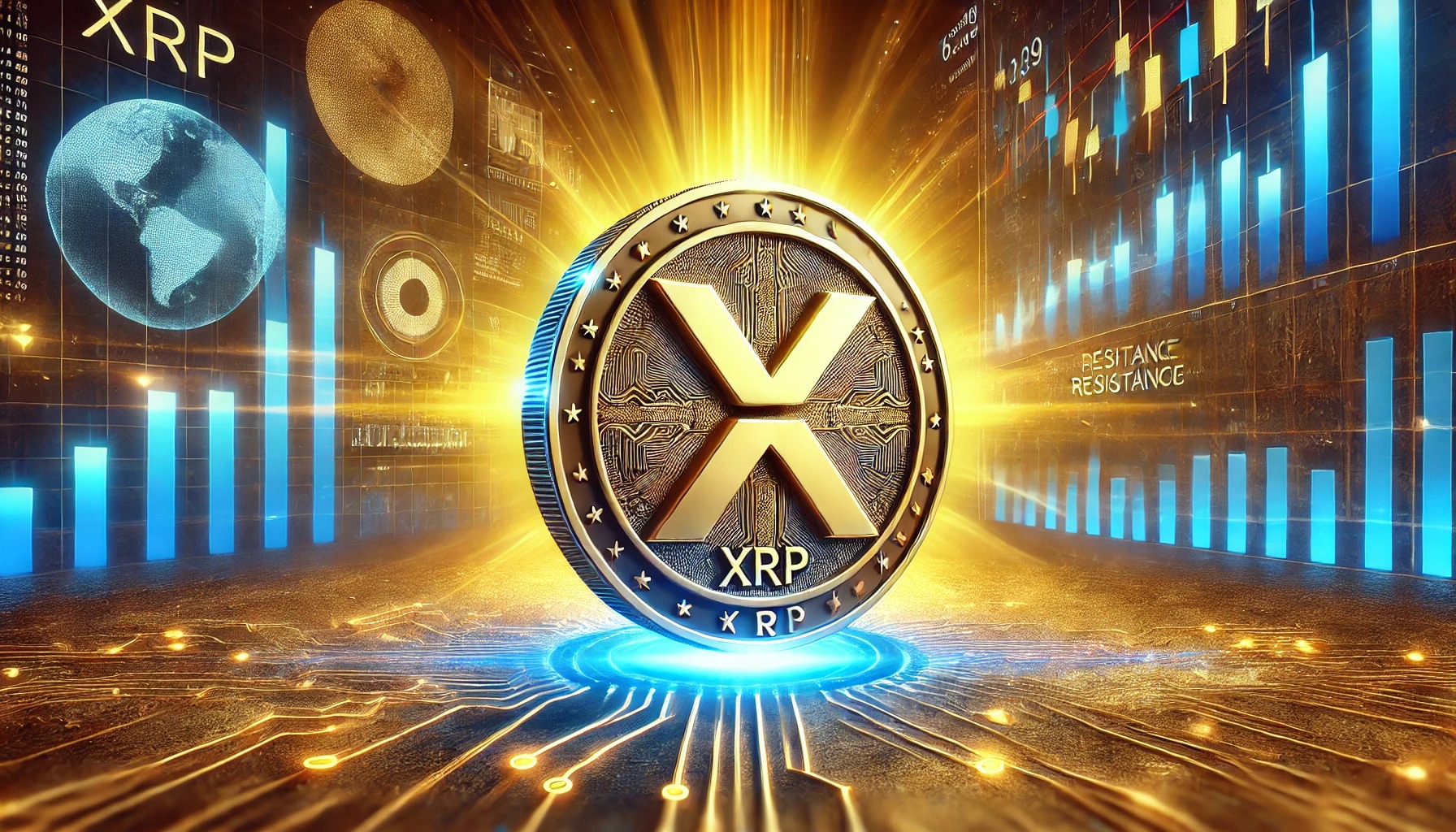Teucrium has officially filed with the U.S. Securities and Exchange Commission (SEC) to launch a Flare ETF, marking a major step toward integrating the blockchain platform into mainstream investment products. Although the SEC has yet to confirm details of the filing, Flare Networks Co-Founder Hugo Phillion validated the move in a recent X (formerly Twitter) post.
Teucrium previously made headlines by introducing the first leveraged XRP ETF in the United States. Industry experts suggest that SEC approval of the Flare ETF would represent a major validation moment for both the company and the broader XRP-linked DeFi ecosystem.
The filing comes as Flare’s decentralized finance (DeFi) ecosystem experiences significant growth. On-chain data shows that over $120 million worth of FXRP—Flare’s synthetic XRP asset—has been minted since its launch in September. Through the FAssets system, users can lock up XRP and mint equivalent ERC-20 tokens, gaining decentralized access to lending, liquidity, and yield strategies. This mechanism transforms XRP into a multi-purpose DeFi asset, serving as both collateral and liquidity across multiple protocols.
Flare has quickly become the largest EVM-compatible DeFi network built around the Ripple ecosystem, with total value locked (TVL) jumping nearly 38% in just over a month. Much of this surge comes from XRP holders seeking exposure to DeFi opportunities. Messari reports that FXRP demand has remained high, with initial mint caps filling within hours of launch. Core technologies like the Flare Time Series Oracle (FTSO) and Flare Data Connector (FDC) continue to drive adoption by enabling decentralized data feeds and trustless bridging for non-smart-contract assets.
Despite the network’s rapid expansion, FLR’s price has struggled, dropping about 38% over the past month to around $0.016. Analysts suggest many users are prioritizing yield opportunities in stablecoins and XRP derivatives rather than accumulating FLR tokens. Still, the Flare ETF filing underscores growing institutional interest in the network’s long-term potential.

























Comment 0